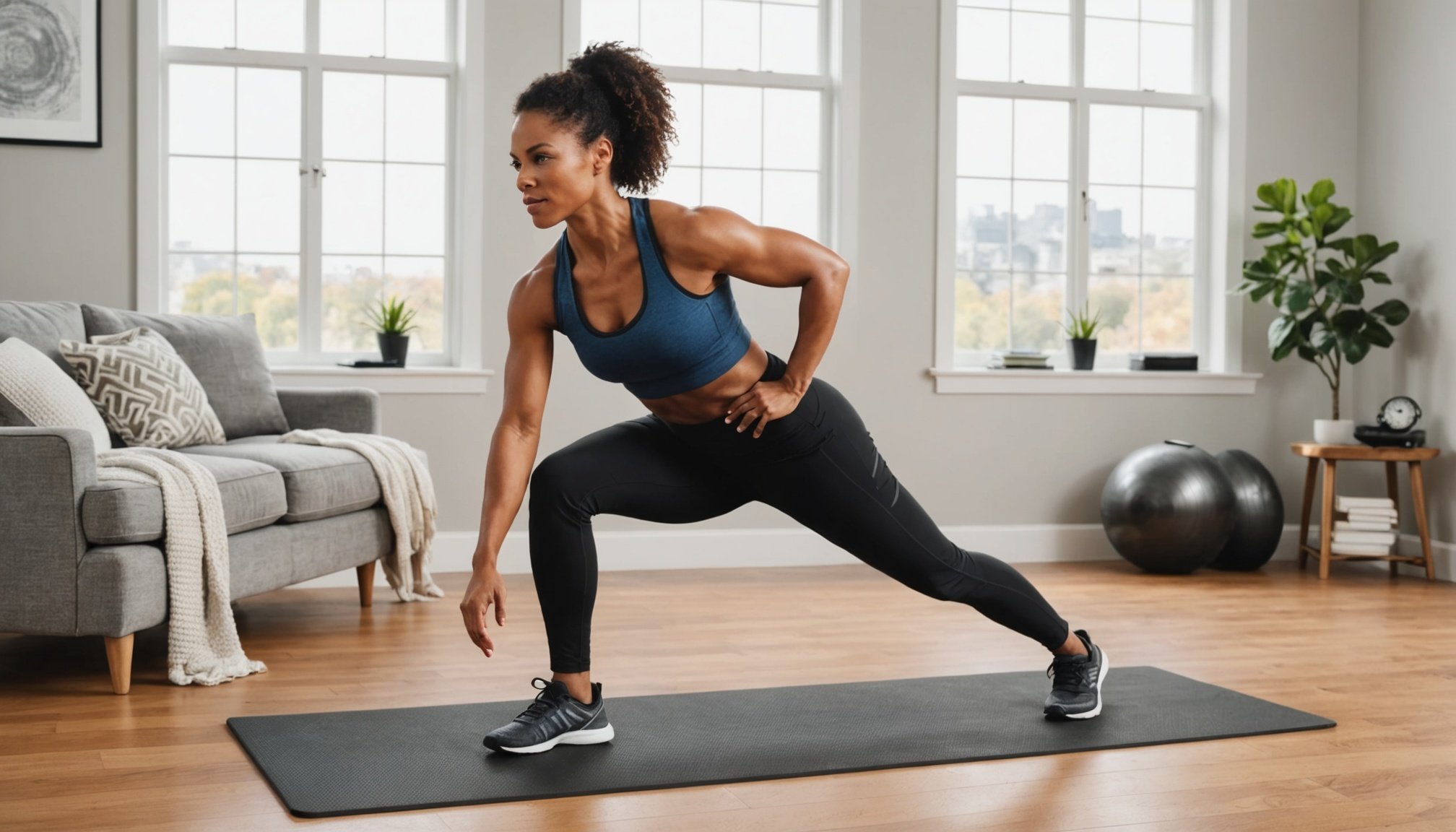Understanding Your Fitness Needs
Determining the perfect personalized fitness plan involves first identifying your unique fitness goals and motivations. Are you striving for weight loss, muscle gain, or perhaps improved endurance? This helps design a blueprint that aligns with your objectives. Once your vision is clear, it’s pivotal to assess your current fitness level. Take stock of any limitations—be it time, health conditions, or physical restrictions—that could influence your path.
When crafting your plan, age-specific adaptations should be considered. For instance, younger women might focus on high-energy workouts, while older women might prioritize joint-friendly exercises. Tailoring routines to your age ensures maximal benefit without unnecessary strain.
Also read : Unlock Calm: Natural Strategies to Reduce Anxiety Before Important Meetings and Presentations
Finally, women’s health encompasses not just physical aspects but also emotional well-being. Incorporating elements like mindfulness and mental health considerations into your fitness strategy can lead to a more balanced approach. Understanding these factors helps in formulating a workout regime that supports not just your body but your overall wellness, ensuring you’re both physically fit and mentally resilient.
Tailored Workout Plans for Different Age Groups
Creating age-specific workouts ensures that exercise routines align with women’s fitness needs at different life stages. These plans enhance personalized fitness plans and women’s health by considering age-related changes in body composition and strength.
Also read : Unlock Daily Joy: Elevate Your Routine with Mindfulness Practices for a Happier Life
Workouts for Young Women (20s-30s)
Incorporating high-energy routines and strength training is beneficial for young women, as they are at a peak physical state where they can handle more vigorous workouts. Including cardio sessions promotes overall fitness, fostering endurance and cardiovascular health. It’s crucial to integrate exercises that boost flexibility and focus on injury prevention to maintain long-term health and workout consistency. These routines can cater to ambitious workout goals, providing a solid fitness foundation.
Workouts for Middle-Aged Women (40s-50s)
Women in their 40s and 50s should focus on strength-building exercises to combat natural declines in muscle mass and bone density. Engaging in low-impact workouts mitigates stress on joints, reducing the risk of injury. Incorporating mindfulness and relaxation techniques, such as yoga or meditation, supports emotional well-being and aids recovery, promoting a balanced life that values mental health.
Workouts for Older Women (60s and Beyond)
With advancing age, gentler exercises become vital for maintaining mobility and balance. It’s essential to focus on activities that provide support and enhance strength without overstressing the body. Engaging in stretching routines benefits muscle flexibility and aids in preventing stiffness, which is vital for ease of movement.
Incorporating light resistance training is also beneficial. This kind of workout helps to maintain muscle mass and bone density, contributing to overall health. Even lightweights can make a significant difference when used consistently.
Besides physical benefits, the social aspects of fitness should not be overlooked. Participating in group activities, like water aerobics or walking groups, enhances not only physical well-being but also emotional health. Connecting with others fosters a sense of community and support, making the fitness journey enjoyable and motivational.
Creating a balanced fitness routine tailored to these insights can significantly contribute to healthy aging, allowing older women to stay active and engaged in their daily lives.
Structuring Your Home Workout Environment
Transforming your space into an effective home gym setup begins with choosing the right equipment tailored to your fitness levels. Start with essentials like yoga mats, resistance bands, and free weights, which are versatile for various workouts. For those at an advanced level, consider incorporating equipment such as kettlebells or TRX suspension trainers to challenge your routine further.
Creating a motivating workout space is crucial. Select a clutter-free area to minimize distractions, as focus is key to achieving fitness goals. Ensure your chosen space has adequate lighting and ventilation to enhance comfort during exercise sessions. Decorate with motivational quotes or inspiring images to maintain your drive.
Utilizing online resources can be a game-changer. Platforms offering virtual classes or workout tutorials provide valuable guidance, making it easy to diversify your exercises. Engage in community forums or social media groups for support and encouragement. They offer an avenue for sharing experiences and gaining insights from others on their fitness journeys.
These strategies collectively foster an environment conducive to maintaining fitness motivation, allowing you to thrive in your personal workout goals.
Nutrition and Recovery for a Sustainable Fitness Routine
Maintaining a balanced diet is crucial in supporting your fitness goals, ensuring your body receives necessary nutrients for energy and repair. A well-planned nutrition strategy can enhance performance and hasten recovery. Understanding the right balance of macronutrients—carbohydrates, proteins, and fats—is fundamental. Carbohydrates act as the primary energy source, especially essential for high-intensity workouts, while proteins support muscle repair.
To truly optimize your routine, plan your pre- and post-workout nutrition carefully. Before working out, consume easily digestible meals or snacks rich in carbs, such as bananas or whole-grain toast. Post-exercise, protein-rich foods like chicken or legumes aid in muscle recovery and growth, replenishing glycogen stores.
Beyond diet, hydration cannot be underestimated. Adequate water intake before, during, and after exercising prevents dehydration, which impairs performance. Additionally, incorporating recovery strategies like stretching and foam rolling aids in reducing muscle soreness and enhances flexibility. This holistic approach to nutrition and recovery facilitates sustainable progress towards your fitness ambitions, promoting overall wellness.






